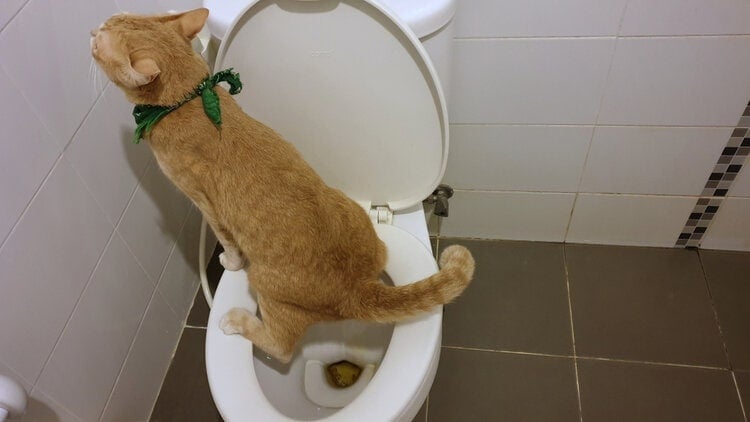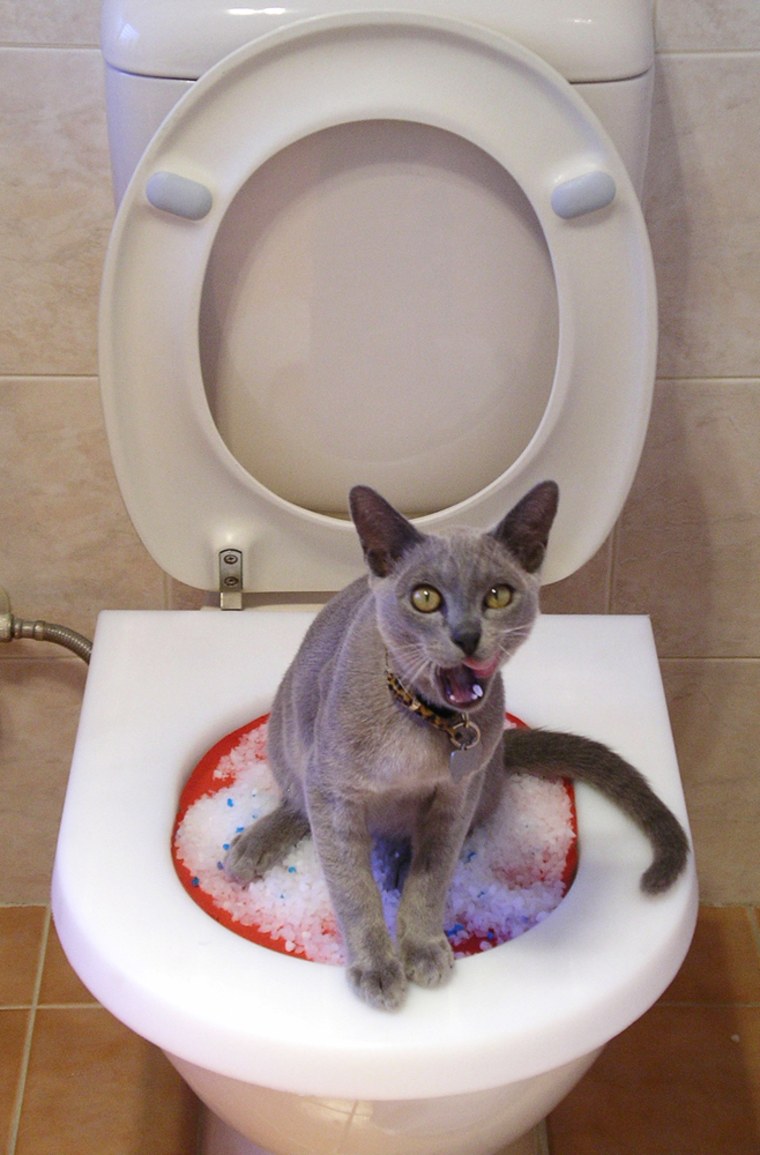The article which follows on the subject of Can You Flush Cat Poop Down The Toilet? is relatively fascinating. Don't miss out on it.

Introduction
As pet cat owners, it's vital to be mindful of just how we throw away our feline buddies' waste. While it might seem practical to purge feline poop down the commode, this practice can have damaging consequences for both the atmosphere and human wellness.
Ecological Impact
Purging cat poop presents harmful microorganisms and bloodsuckers into the water system, posturing a significant danger to marine communities. These impurities can negatively affect aquatic life and compromise water top quality.
Health and wellness Risks
Along with ecological worries, flushing feline waste can also pose health and wellness risks to human beings. Cat feces might include Toxoplasma gondii, a bloodsucker that can cause toxoplasmosis-- a possibly severe ailment, especially for expectant ladies and individuals with weakened body immune systems.
Alternatives to Flushing
Thankfully, there are more secure and much more liable ways to take care of cat poop. Take into consideration the following options:
1. Scoop and Dispose in Trash
The most typical method of getting rid of pet cat poop is to scoop it into an eco-friendly bag and throw it in the trash. Make sure to make use of a devoted clutter inside story and throw away the waste promptly.
2. Use Biodegradable Litter
Select biodegradable cat trash made from products such as corn or wheat. These litters are environmentally friendly and can be securely taken care of in the trash.
3. Bury in the Yard
If you have a yard, consider burying feline waste in an assigned location far from vegetable gardens and water sources. Make sure to dig deep adequate to stop contamination of groundwater.
4. Install a Pet Waste Disposal System
Purchase a family pet garbage disposal system specifically developed for feline waste. These systems utilize enzymes to break down the waste, minimizing smell and ecological impact.
Conclusion
Responsible animal possession expands past providing food and shelter-- it also involves proper waste management. By refraining from flushing feline poop down the bathroom and choosing different disposal approaches, we can lessen our environmental impact and secure human health and wellness.
Why Can’t I Flush Cat Poop?
It Spreads a Parasite
Cats are frequently infected with a parasite called toxoplasma gondii. The parasite causes an infection called toxoplasmosis. It is usually harmless to cats. The parasite only uses cat poop as a host for its eggs. Otherwise, the cat’s immune system usually keeps the infection at low enough levels to maintain its own health. But it does not stop the develop of eggs. These eggs are tiny and surprisingly tough. They may survive for a year before they begin to grow. But that’s the problem.
Our wastewater system is not designed to deal with toxoplasmosis eggs. Instead, most eggs will flush from your toilet into sewers and wastewater management plants. After the sewage is treated for many other harmful things in it, it is typically released into local rivers, lakes, or oceans. Here, the toxoplasmosis eggs can find new hosts, including starfish, crabs, otters, and many other wildlife. For many, this is a significant risk to their health. Toxoplasmosis can also end up infecting water sources that are important for agriculture, which means our deer, pigs, and sheep can get infected too.
Is There Risk to Humans?
There can be a risk to human life from flushing cat poop down the toilet. If you do so, the parasites from your cat’s poop can end up in shellfish, game animals, or livestock. If this meat is then served raw or undercooked, the people who eat it can get sick.
In fact, according to the CDC, 40 million people in the United States are infected with toxoplasma gondii. They get it from exposure to infected seafood, or from some kind of cat poop contamination, like drinking from a stream that is contaminated or touching anything that has come into contact with cat poop. That includes just cleaning a cat litter box.
Most people who get infected with these parasites will not develop any symptoms. However, for pregnant women or for those with compromised immune systems, the parasite can cause severe health problems.
How to Handle Cat Poop
The best way to handle cat poop is actually to clean the box more often. The eggs that the parasite sheds will not become active until one to five days after the cat poops. That means that if you clean daily, you’re much less likely to come into direct contact with infectious eggs.
That said, always dispose of cat poop in the garbage and not down the toilet. Wash your hands before and after you clean the litter box, and bring the bag of poop right outside to your garbage bins.
https://trenchlesssolutionsusa.com/why-cant-i-flush-cat-poop/

Do you like reading up on How to Dispose of Cat Poop and Litter Without Plastic Bags? Try to leave feedback down the page. We will be delighted to see your insights about this content. We are looking forward that you visit us again in the future. Loved our review? Please share it. Help others discover it. I take joy in reading our article about Don’t flush cat feces down the toilet.
Recurring Service Plans
Comments on “Dangers of Flushing Cat Poop in Your Toilet - Precautionary Steps”